
Join Performa's mailing list to stay up to date on the latest news and upcoming events.


The Biennial Hub is open every day from 12-8 pm during the biennial and is a welcoming temporary public space that will be the epicenter of the three-week program in downtown Manhattan.
Located at 424 Broadway, the 2025 Biennial Hub will be designed by Diller Scofiio + Renfro.
This marks the first collaboration between Performa and Diller Scofidio + Renfro, though the two previously worked alongside each other on SCL 2110 organized by Rodrigi Tisi in Chile in 2010. Over the years, RoseLee Goldberg has written about Diller Scofidio + Renfro and their impact on contemporary art and architecture. This shared history at the crossroads of architecture and performance makes the partnership a natural extension of their work.
The Hub will host performances, conversations, screenings, installations, and workshops throughout the Biennial, with a special focus on Performa Studio, a new program on dance conceived in collaboration with choreographers Moriah Evans and Isabel Lewis. Performa Studio transforms the Hub into a dynamic performance laboratory where movement and choreography intersect with visual art, architecture, and everyday life.
In 2007, Performa presented Dance After Choreography, and in 2011 it introduced Boris Charmatz’s Museum of Dance at the Performa 11 Hub, both affirming dance as a cornerstone of its programming. In 2025, with Performa Studio, it anchors the Biennial once again through dance. This new experimental program unfolds daily at the Hub and is fully open to the public.

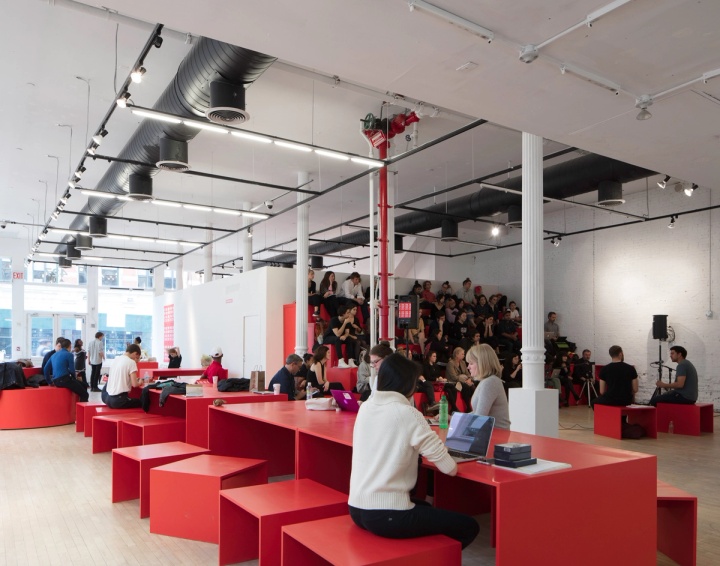
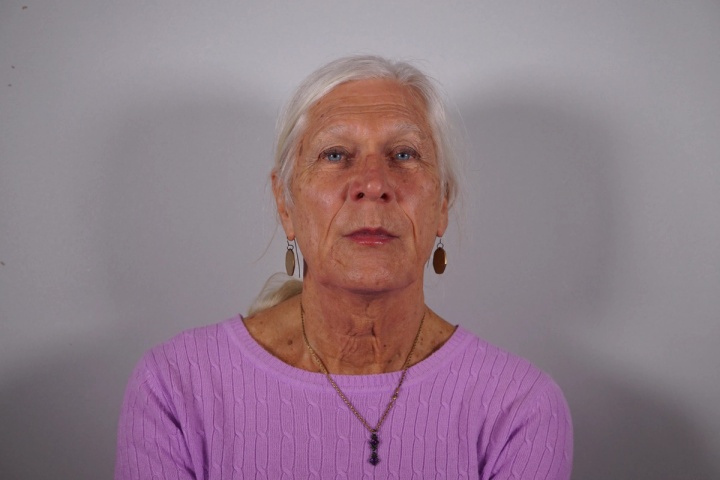
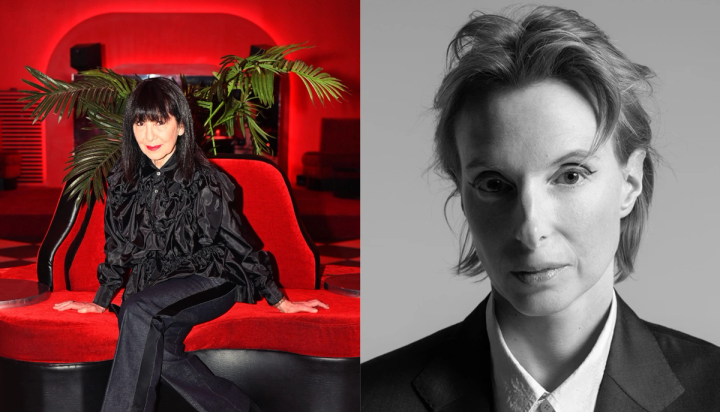

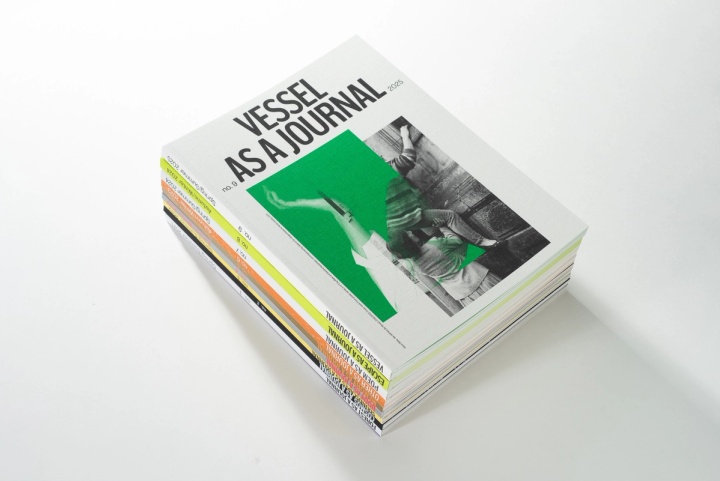

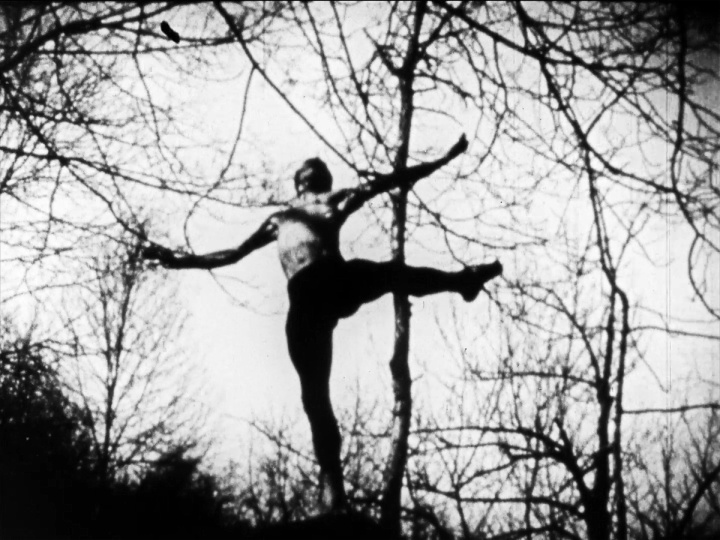

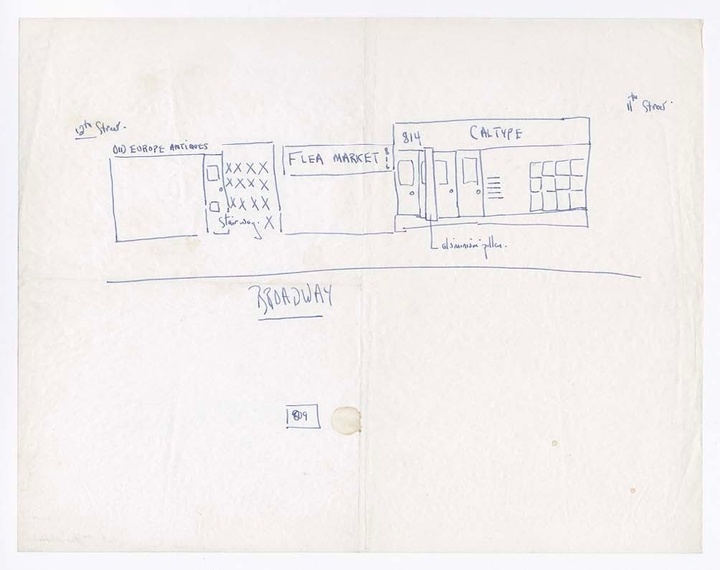
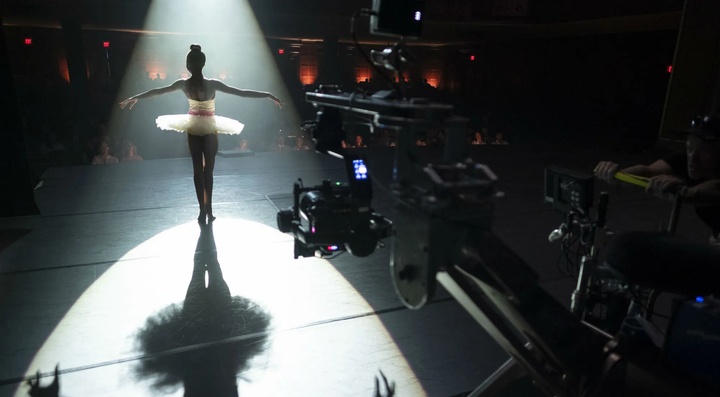
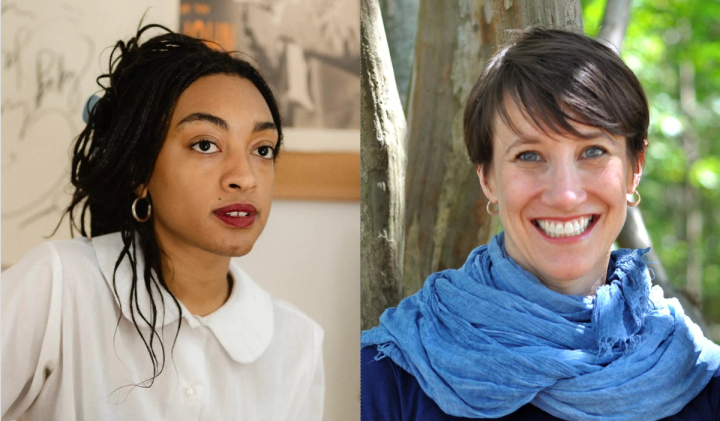
“I am content if, on those rare occasions whose truth can be stated only by poetry, you will, perhaps, recall an image, even only the aura of my films. And what more could I possibly ask, as an artist, than that your most precious visions, however rare, assume, sometimes, the forms of my images.” Maya Deren, “A Statement of Principles” (1961)
A pivotal figure in surrealist art and American experimental film, Ukrainian-American filmmaker Maya Deren (1917-1961) entranced viewers with cinematic visions that reflected her interests in movement, psychoanalysis, and religious tradition. Following her sojourns in Haiti as choreographer Katherine Dunham’s assistant in the early 1940s, Deren and her second husband Alexander Hammid decamped in Los Angeles, where they filmed her first landmark short Meshes of the Afternoon (1943). This early work reflects concepts and techniques that would go on to define her career: dream––or more fittingly, nightmare––logic, complex choreography that was taken to superhuman heights through illusionary cinematography, and a heavy sense of foreboding. In the following years, Deren’s work would continue to become more experimental, eschewing narrative for surreal, seemingly impossible choreographic sequences that were enhanced by early cinematic sleights-of-hand. This screening series celebrates Deren’s focus on movement, the body, and the otherworldly scenes that transformed her subjects from mere dancers to divine figures.
This screening includes:
Ritual in Transfigured Time, 1946. 15:00.
A Study in Choreography for Camera, 1945. 03:00.
At Land, 1944. 14:00.
Meshes of the Afternoon, 1943. 14:00.
Organized by Madeleine Seidel, Assistant Curator. Films courtesy of Film-Makers' Cooperative and New American Cinema Group, Inc.
